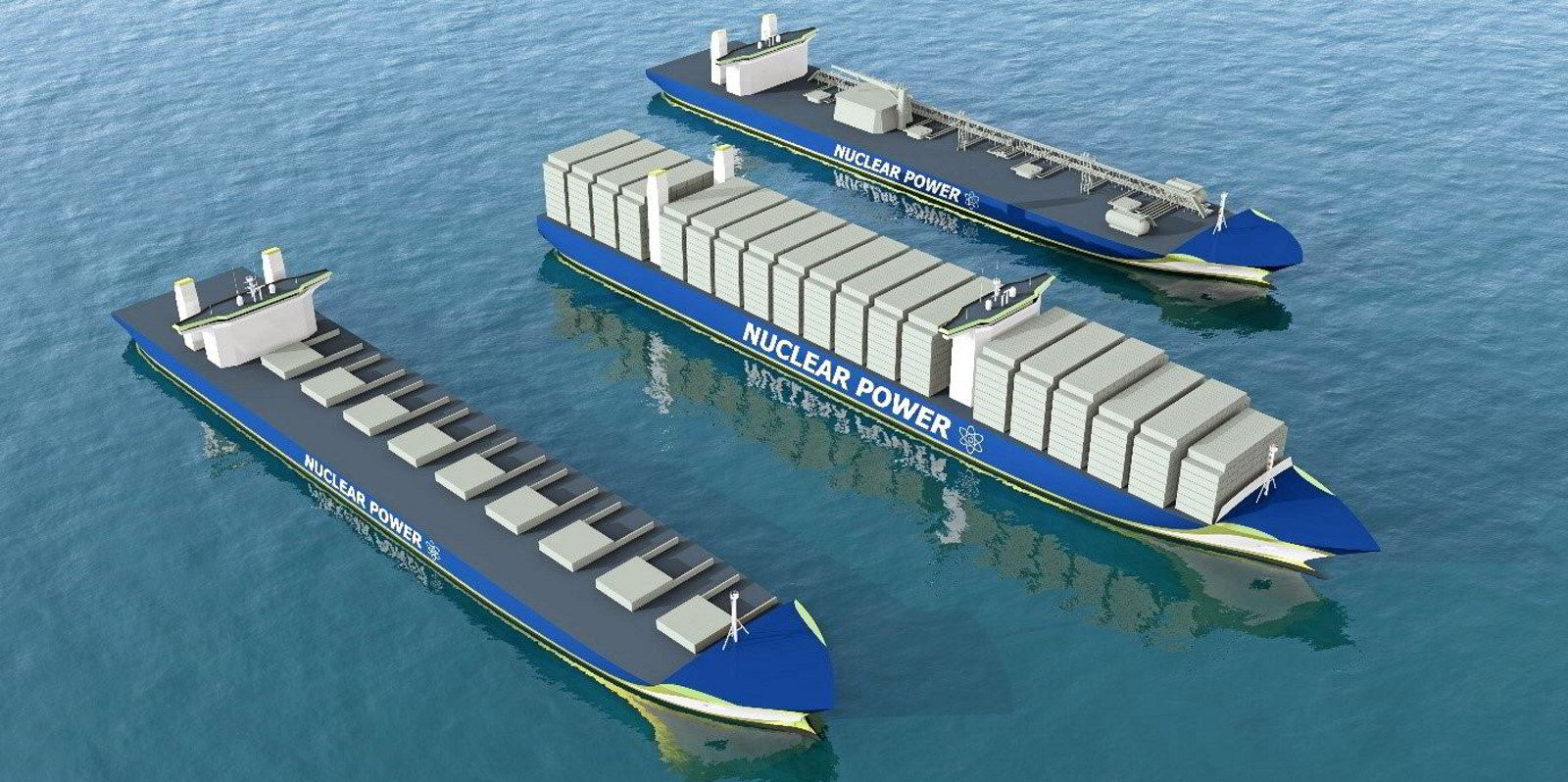Molten salt reactors provide a potential nuclear solution to decarbonising shipping, C-Job Naval Architects said after research by TU Delft university.
The C-Job-commissioned research carried out by Koen Houtkoop, a marine technology graduate at TU Delft, showed potential for an up to 98% reduction in maritime CO2 emissions and elimination of SOx, particulate matter and NOx air pollution.
Molten salt reactors using a thorium cycle could reduce high-level nuclear waste longevity to about 300 years from more than 10,000 years in conventional reaction, he said.
“Regulations for marine application are outdated and require significant effort for a successful application,” he added, but large vessels have the potential to be cost-effective within five to 15 years depending on fuel cost and a vessel’s operational profile.
Houtkoop analysed bulk, container, tanker and offshore vessels for the mass and volume of the energy storage and power generation systems required.
“Even though the shield around the reactor is a significant portion of the respective mass and volume of the nuclear power generation system, in most cases, the nuclear option is lighter and more compact than the conventional marine diesel option,” he said.
With nuclear reactors operational fuel cost only grows marginally at higher speeds, the main limiting factor would be the capital cost.
“As with other energy sources, appropriate safety measures must be in place and the technology must be developed further before it’s mature enough to be implemented,” said Niels de Vries, lead naval architect at C-Job.
More research is needed to fully understand design, operation and life cycles, he added.





